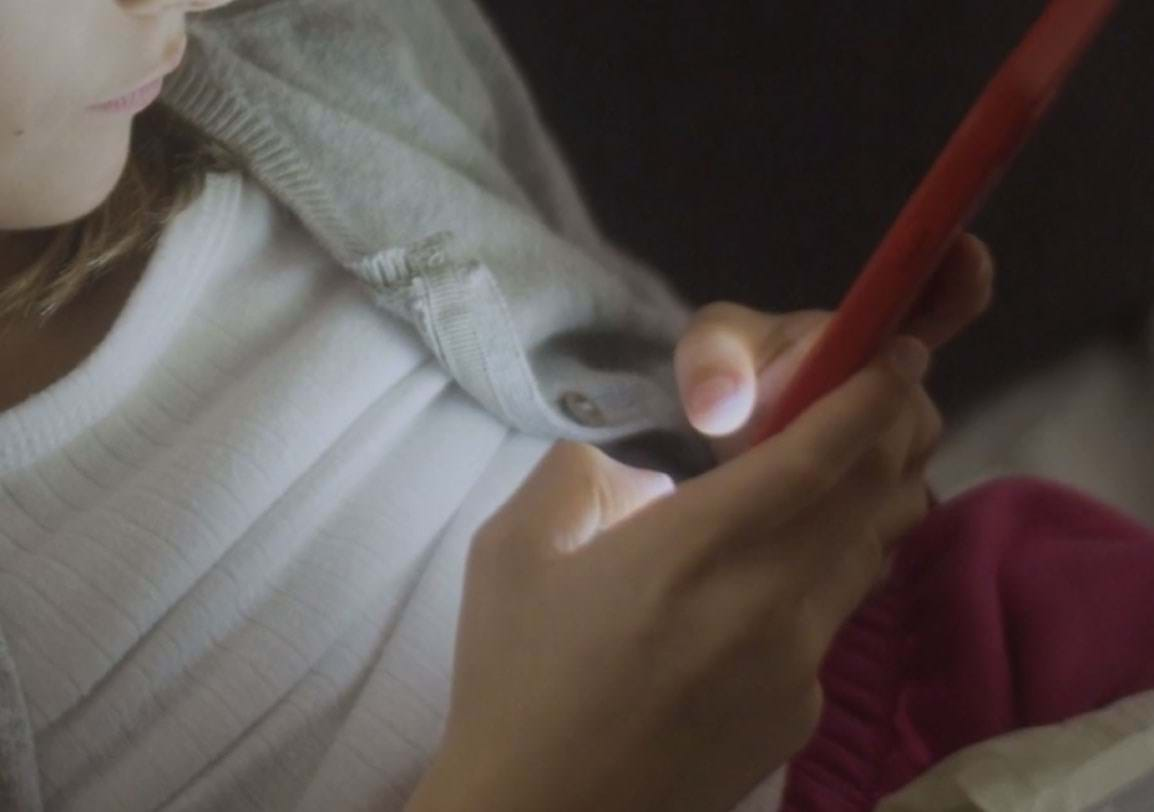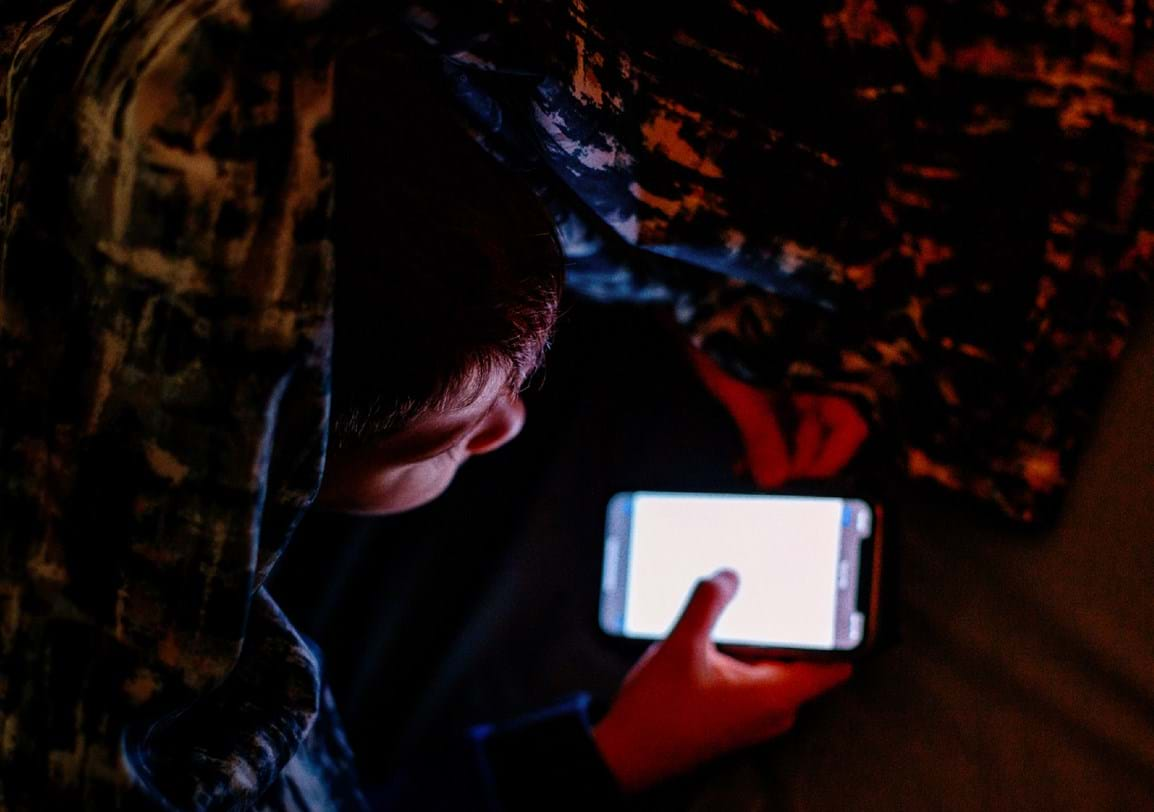Since Report Remove was first piloted in 2019, the IWF has removed 1,395 images and videos reported by young people from the internet*.
The IWF, which finds and removes child sexual abuse material from the internet, and the NSPCC which runs Childline, are now calling for platforms to do more to protect children – especially if they intend to introduce end-to-end encryption, a move which has prompted fears that many child protection measures currently in place could be made less effective.
IWF CEO Susie Hargreaves OBE said: “The devastation that sexual extortion can cause cannot be overstated, and it is heartbreaking to see the number of cases continuing to rise.
“Children are not at fault here and we want them to know that there is support available to help them get through this harrowing experience. Wherever possible, IWF analysts will find and remove children’s sexual images and ensure that the image cannot be further shared online.
“However, it is not enough to be dealing only with the aftermath of sexual extortion. End-to-end encryption on messaging platforms is a huge threat to children. We cannot allow criminals to have a safe space online to callously exploit our children without repercussion.
“If tech companies introduce end-to-end encryption on their services, they must do more to ensure safeguards are in place to protect children and other users. There are ways to do so that still respect user privacy and we are happy to work with the tech industry to make that happen.”
NSPCC Chief Executive Sir Peter Wanless said: "Child sexual extortion is increasingly impacting young people with offenders exploiting poorly designed social media and messaging apps and using well-known grooming tactics with devastating effect as we saw in the tragic circumstances surrounding the death of Dinal De Alwis.
“It’s crucial that young people know that they can get support if they ever face this situation online. Childline counsellors are just a call or a click away and our Report Remove tool can help get images removed with the help of the IWF.
“Tech companies must do far more to prevent this harm, so it’s incredibly concerning that Meta continue to push ahead with plans to roll out end-to-end encryption on Instagram and Facebook without setting out how they will identify and disrupt abuse. It’s also crucial that Ofcom act with bold ambition when implementing the Online Safety Act and take a strong approach to tackling child sexual abuse.”
Girls appear to be targeted for more sexually explicit images while boys are overwhelmingly targeted for financial reasons.
In transcripts seen by IWF analysts, it is clear children often do not realise they are being recorded by offenders and are horrified when the captured imagery is shown to them.
It is usually overlaid with lists of contacts – friends, schoolmates, family members, and sometimes even the police – to whom the blackmailer is threatening to send the imagery.
Nearly 7% of the cases seen in 2023 contained the most severe type of child sexual abuse content, Category A, which could involve penetrative sexual activity, a sexual act with an animal, or sadism.
Report Remove can be used in confidence, and the IWF and NSPCC want children and parents to know that the service is available and are encouraging children to make use of the service.
- Childline and the IWF’s Report Remove tool can be found on the Childline website.
- Children can contact Childline confidentially 24/7 on 0800 1111 or at childline.org.uk
- The IWF has sextortion resources which offer help and support and signpost children, educators and parents to further support services.


